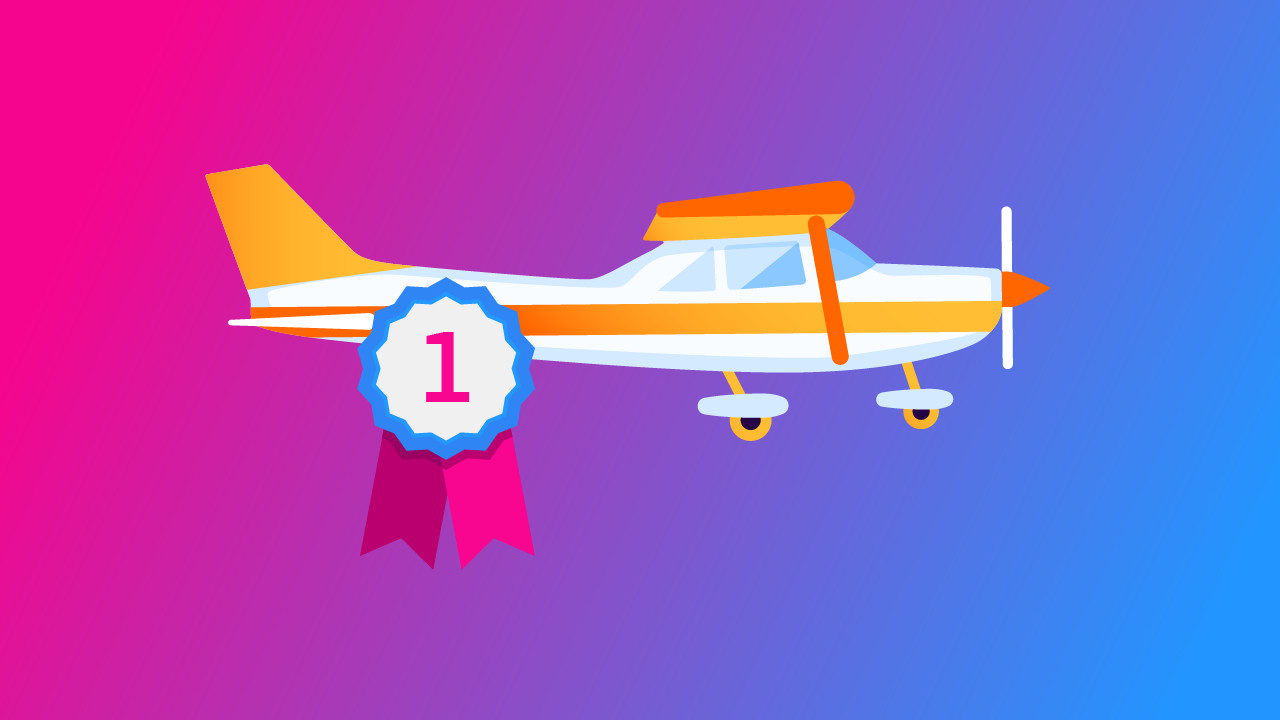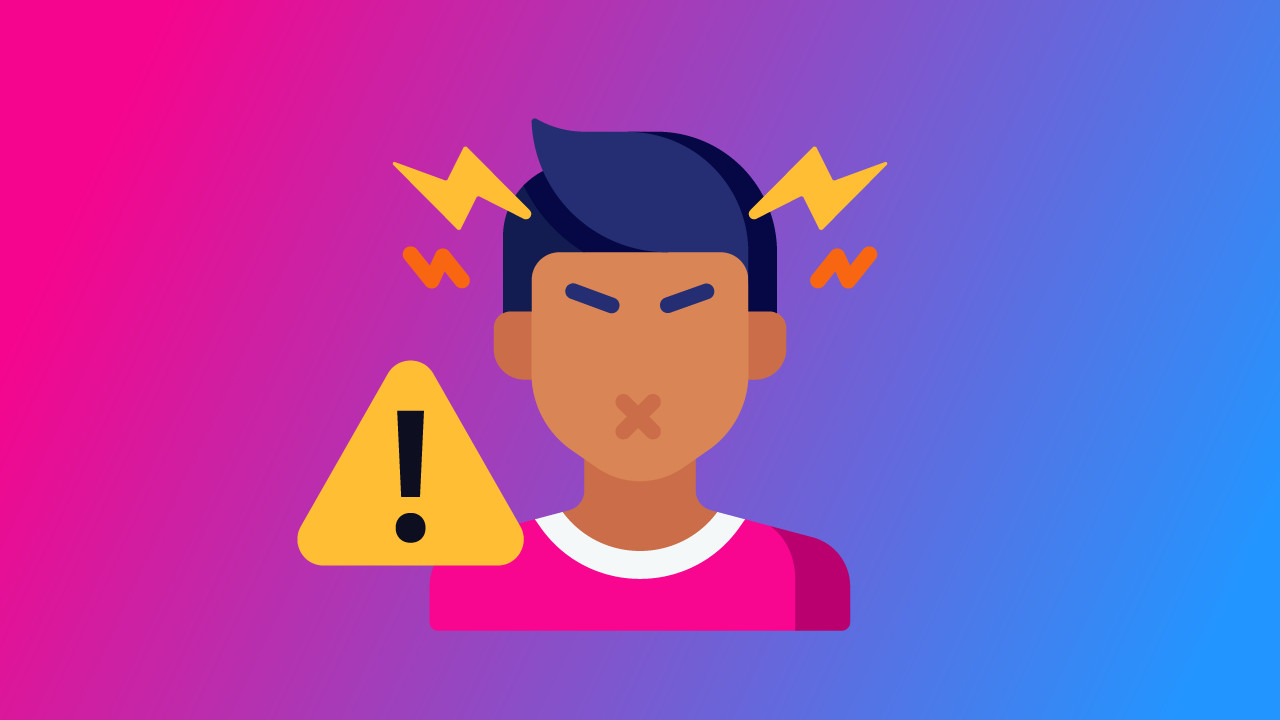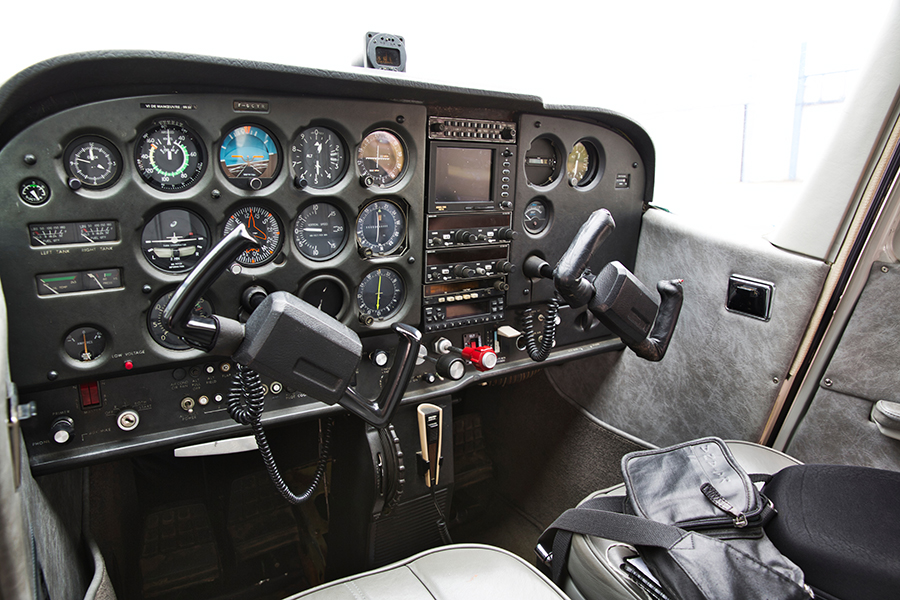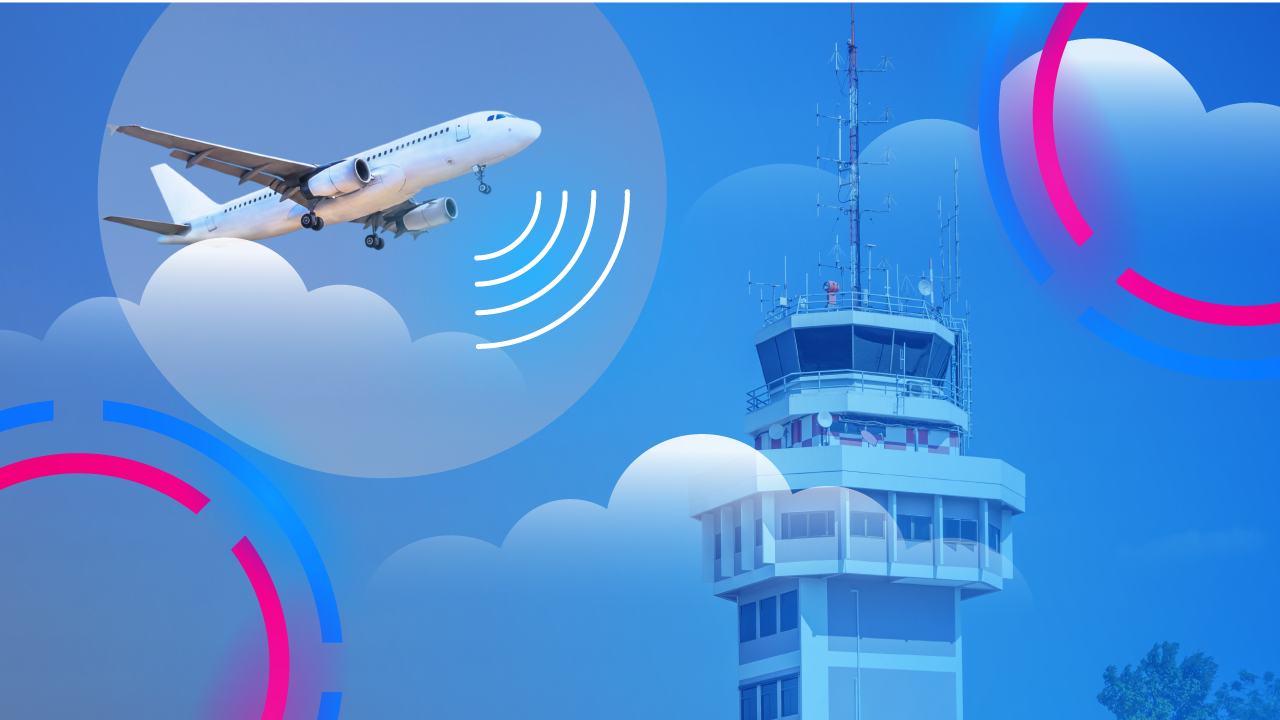-
Key Takeaways
-
Preparing for Your First Solo Flight as a Student Pilot
- Building Your Knowledge and Skills
- Communication is Key
- Addressing Common Fears
-
What To Expect During Your First Solo
- Pre-Flight Preparation
- The Solo Experience
- Post-Flight Debrief with Your Flight Instructor
-
First Solo Flight Rituals and Celebrations
- The Shirttail Cutting Ceremony
- Celebration Ideas
- How Do Celebrations Motivate You
-
How Many Lessons Before Your First Solo Flight?
- Average Timeline
- Factors Influencing Solo Timing
- Why Some Students Solo Faster
- Stay Motivated
-
Tips for a Stress-Free First Solo Flight
- Use Checklists
- Mental Preparation Techniques
- Stay Calm and Confident
- Simplicity is Your Ally
-
Conclusion
Your first solo flight is both an exciting and nerve-wracking experience on your path to becoming a pilot. It’s the defining moment when you finally get to take the controls and fly the airplane all on your own. It’s the day that you get to prove to yourself that all your hard work is paying off.
Sure, it might feel a little scary at first, but with the right preparation and mindset, you’ll do great. Let’s walk through what to expect and how to make this big day as stress-free as possible.
Key Takeaways
- Good preparation is the cornerstone of a successful first solo flight.
- Mastering key maneuvers can help improve your confidence and safety.
- Your instructor is your greatest support system.
- Celebrate your achievements and enjoy the journey.
Preparing for Your First Solo Flight as a Student Pilot
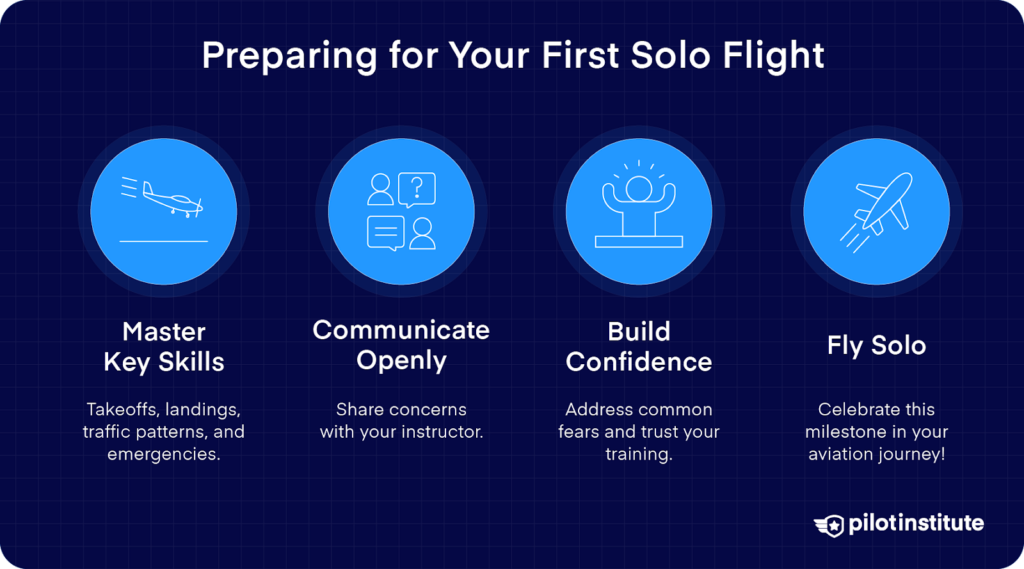
Are you ready for your first solo flight? Preparation is essential for a successful solo flight. It’s not just about technical skills but also about developing the right mindset.
Your journey toward flying solo starts well before you take off. Preflight planning is an important aspect to make sure that you are well-prepared for all maneuvers and proficient in solo flight preparation.
Building Your Knowledge and Skills
The road to solo flight includes mastering several key maneuvers. Your instructor will work with you to make sure you become proficient in:
- Takeoffs and landings.
- Maintaining a steady traffic pattern altitude.
- Flying in different wind conditions.
- Recognizing and managing potential emergency situations.
- Demonstrating precise aircraft control and situational awareness.
- Understanding the flight characteristics of the aircraft.
- Demonstrating proficiency in emergency procedures.
Each of these skills is vital. Your instructor will evaluate your abilities to make sure you’re prepared for the responsibility of flying solo. Remember that the aim is not perfection but consistent and safe flying.
Communication is Key
The relationship you have with your flight instructor is fundamental to your flight training. Why does this matter? Open and honest communication is important in assessing your readiness for a solo flight. That’s why you should discuss any worries or uncertainties with your instructor.
Addressing Common Fears
Feeling anxious about your first solo flight is completely normal. What are the most common fears? The most frequent worries include flying for the first time without your instructor, handling unexpected situations, and landing the aircraft.
Keep in mind that these fears are common among student pilots. Remember that your instructor will only suggest a solo flight when they know you are ready. So, stay confident and do your best.
Note: Your first solo flight is a rite of passage, marking a major milestone in your aviation journey.
What To Expect During Your First Solo
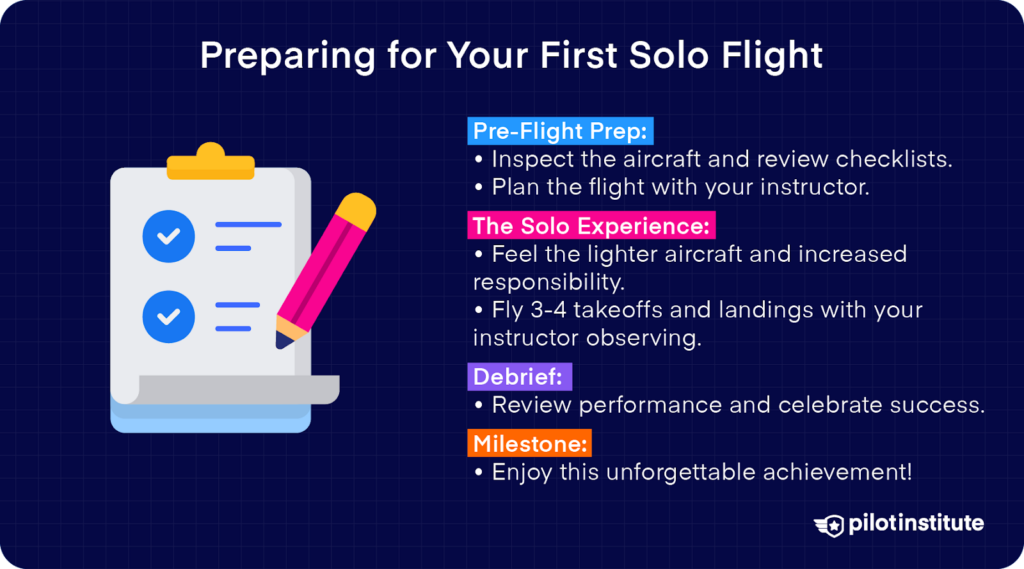
Your first solo flight is a monumental moment filled with excitement. The experience of your first solo should include proper pre-flight preparation and moments of celebration and reflection afterward.
What challenges will you face during your first solo? Here’s a typical overview of what you can expect:
Pre-Flight Preparation
Before you take off on your own, you will:
- Perform a detailed inspection of the aircraft.
- Go over all aircraft systems and their performance.
- Discuss the flight plan with your instructor.
- Complete all standard checklists.
- Conduct thorough preflight planning.
The Solo Experience
How is flying alone different from flying with an instructor? Flying the traffic pattern solo is a completely different experience compared to training flights. The aircraft will feel lighter and more responsive without your instructor on board. You will feel:
- A greater sense of responsibility.
- Increased situational awareness.
- Excitement like never before.
- The aircraft will be lighter.
Most first solo flights are conducted on days with light winds to make sure that students are both safe and comfortable while navigating.
Most first solo flights consist of 3 to 4 takeoffs and landings. Your instructor will remain on the ground, observing and ready to assist if needed. In some cases, the instructor can go into the tower and watch your landings from there.
Post-Flight Debrief with Your Flight Instructor
What will you learn from your first solo experience? After you land, a rush of emotions will hit you. Your instructor will review your performance, pointing out any areas for improvement while celebrating your success.
Making a safe landing is the main goal, especially during solo flights, where you must handle various challenges independently while focusing on the safety of the landing.
Note: Many pilots describe their first solo landing as a moment of fun, responsibility, and great accomplishment.
First Solo Flight Rituals and Celebrations
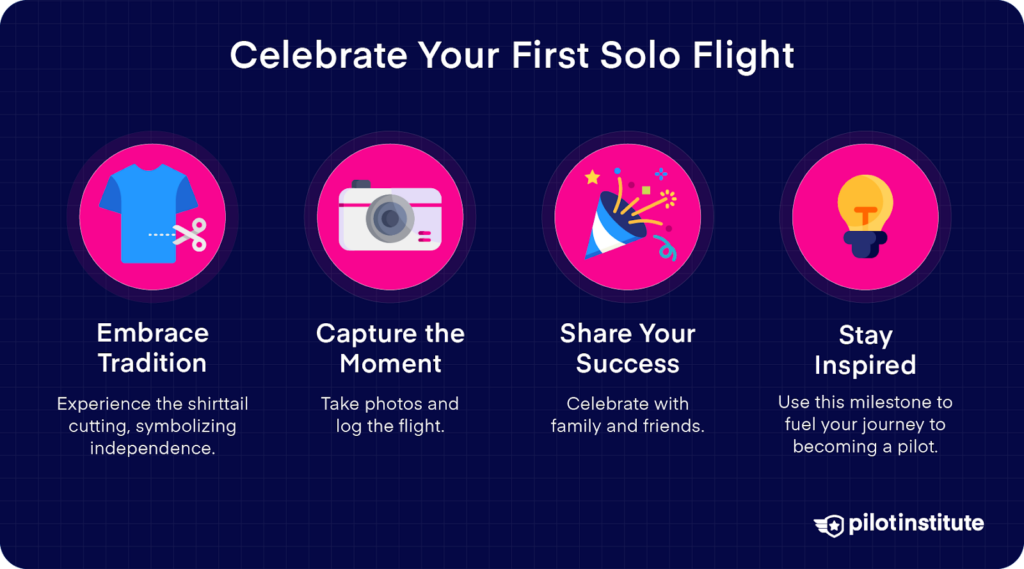
The world of aviation is filled with traditions that honor pilot accomplishments, such as your first solo flight. What makes your first solo so special?
Your first solo experience links you to countless pilots who have walked the same path. The ceremonious cutting of the student’s shirttail is a tribute to early aviation traditions, symbolizing the student’s transition to independence in flying.
Each celebration is a strong reminder of the skill, dedication, and bravery it takes to become a pilot. Let’s explore some of the ways you can celebrate.
The Shirttail Cutting Ceremony
The shirttail custom involves cutting off the back of a student’s shirt after their first solo flight. This tradition dates back to early flight training, which signifies that you are now ready to fly solo without constant supervision.
Celebration Ideas
Documenting and celebrating your first solo flight is an essential part of your aviation career. So, what should you do to celebrate?
- Take a memorable photo with your instructor.
- Document your first solo flight in your logbook.
- Share your success with encouraging family and friends.
- Gather signatures in your logbook as a keepsake.
How Do Celebrations Motivate You
Celebrating your first solo achievement is not just about having fun. Why is celebrating so important? Because it brings you one step closer to becoming a licensed pilot. These celebrations also create forever memories that will motivate you.
Note: Your first solo flight is a big achievement, so celebrate and enjoy the incredible feeling of flying an aircraft by yourself.
How Many Lessons Before Your First Solo Flight?
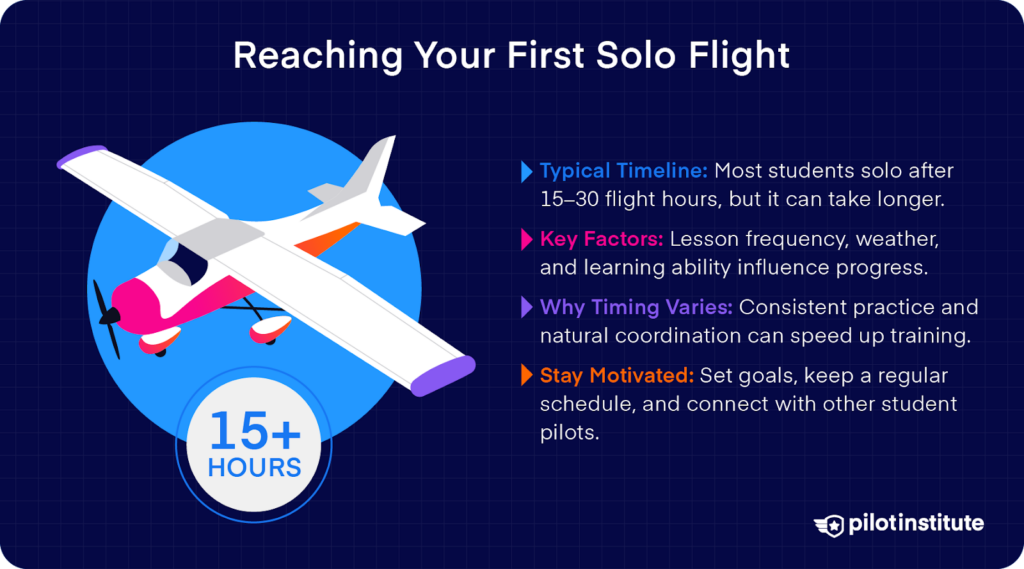
Learning to fly is a unique journey, and the path to achieving a solo flight in an aircraft is different for every student, often influenced by the number of flight hours logged.
What factors influence your progress? While some students may pick up on training easily, others may need more time to build the confidence required for flying solo.
Average Timeline
Typically, students reach solo status after 15 to 30 flight hours. Can it take longer? Yes, it can. Your progress can vary based on practice frequency and how quickly you can learn new skills.
Don’t worry if you need more time. Your instructor will only ask you to fly solo when you’re ready and confident to land the aircraft. Keep practicing until you get the hang of landing the aircraft safely.
Factors Influencing Solo Timing
Several factors can influence when you’re ready to solo. These include the frequency of lessons, individual learning ability, and weather conditions. The quality of ground and flight instruction can also impact solo timing.
Why Some Students Solo Faster
Students advance through flight training at different rates. What makes some students progress more quickly? A natural talent and good hand-eye coordination can make it easier to learn new skills. The frequency of flight lessons also matters, as consistent lessons improve retention and build flying abilities.
Stay Motivated
To stay motivated, develop a strategic plan for your training. Establish clear, attainable goals to track your progress. Keep a regular lesson schedule to build momentum and avoid losing skills. What else can you do? Connecting with other student pilots can provide support and motivation.
Tips for a Stress-Free First Solo Flight
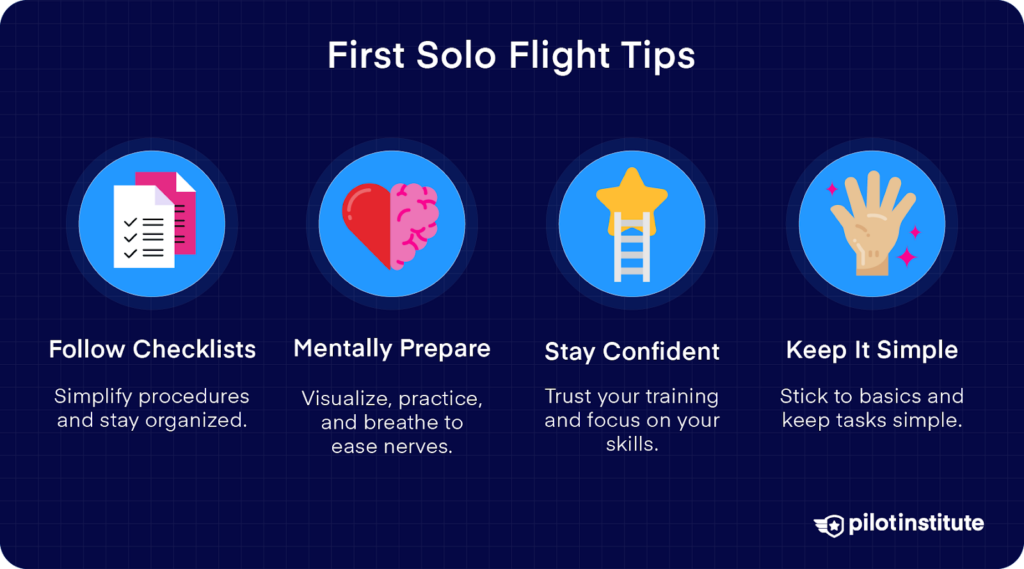
Flying solo is a challenge that tests your mental and flying skills. It is a pivotal point in your pilot training. How can you turn nervousness into confidence?
Feeling somewhat nervous is normal, but you can use the following tips to help tackle your first solo flight. This milestone is also a testament to a pilot’s ability to operate independently.
Use Checklists
Always use checklists during the pre-solo, in-flight, and post-solo phases. How can checklists reduce pre-flight anxiety? These checklists break down procedures into simple steps, offering a systematic approach to make sure you don’t forget or skip a step.
Mental Preparation Techniques
Getting mentally ready is just as important as having the right technical skills. Use mental techniques to prepare. Try visualization to mentally walk through flight scenarios before you take off.
Use flight simulators at home or school to develop muscle memory. Also, try deep breathing, which can help ease any pre-flight nerves. Just concentrate on your training, abilities, and the skills you’ve learned through many hours of flight instruction.
Stay Calm and Confident
Staying calm and confident during your first solo flight is about having the right mindset. How can you maintain composure under pressure? Rely on your training and remember that you have successfully landed the aircraft many times before.
Simplicity is Your Ally
Don’t overcomplicate things. Stick to the basics, practice landing maneuvers, and avoid trying to impress others. What should you do? During your solo flight, follow your training precisely, stay focused, and maintain situational awareness.
Conclusion
Your first solo flight is something you’ll never forget. It’s a big step, and it shows how much you’ve learned and grown as a pilot.
When you finish your first solo and see the big smile on your flight instructor’s face, you’ll feel proud, excited, and ready for whatever comes next.
So, take a deep breath, trust in your training, and enjoy the experience. It’s your time to shine!
